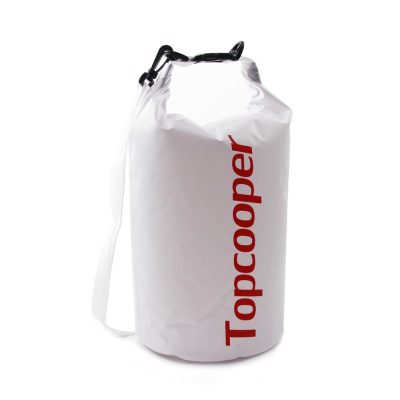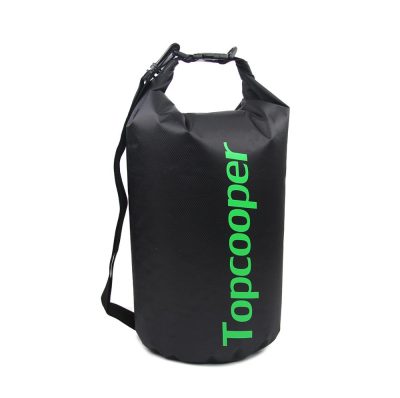Tarpaulins, also known simply as tarps, are versatile and widely used in agriculture and farming applications. They serve various purposes and can be essential tools for farmers in managing their operations. Here are some common uses of tarpaulins in agriculture:
- Crop Protection: Tarps can be used to cover crops and protect them from adverse weather conditions, such as heavy rainfall, frost, or excessive sunlight. They can also help shield crops from pests and birds.
- Weed Control: By placing tarps over the soil, farmers can effectively control weed growth. This is known as “tarping” or “solarization.” The heat generated under the tarp can kill weed seeds and inhibit weed growth.
- Mulching: Tarps can serve as mulch to retain soil moisture, control weeds, and regulate soil temperature. Black plastic tarps are often used for this purpose.
- Soil Amendment: Some farmers use tarps to cover sections of soil that need to be amended with compost, manure, or other organic matter. The tarp helps to prevent erosion and keep the amendments in place.
- Greenhouse Covers: In small-scale or temporary agricultural setups, tarps can be used to create makeshift greenhouses. These structures can extend the growing season and protect plants from harsh weather.
- Storage and Transportation: Tarps are commonly used to cover and protect agricultural equipment, supplies, and harvested crops during transportation. They help keep items dry and secure.
- Livestock Shelter: Tarps can be used to create temporary shelters for livestock in the field. They provide shade and protection from the elements.
- Drying Crops: In some cases, tarps are used to spread harvested crops, like grains or fruits, for drying in the sun. This can reduce moisture content and improve crop storage.
- Erosion Control: Tarps can be employed to prevent soil erosion in areas where there’s been land disturbance, such as after construction or during soil stabilization efforts.
- Emergency Repairs: Farmers may use tarps to make emergency repairs to damaged structures, such as barns or fencing, in order to protect livestock and equipment.
- Pond and Water Reservoir Liners: In aquaculture and fish farming, tarps can be used as liners for ponds and water reservoirs to prevent leakage and conserve water.
- Fruit Tree and Vine Covers: Tarps can be placed over fruit trees or grapevines to protect the crops from birds, insects, or adverse weather.
When using tarps in agriculture, it’s important to select the right type of tarp for the specific application. Different materials, sizes, and colors of tarps are available, each suited to particular tasks and conditions. Proper installation and maintenance of tarps are also crucial to ensure they perform effectively in agricultural settings.


















